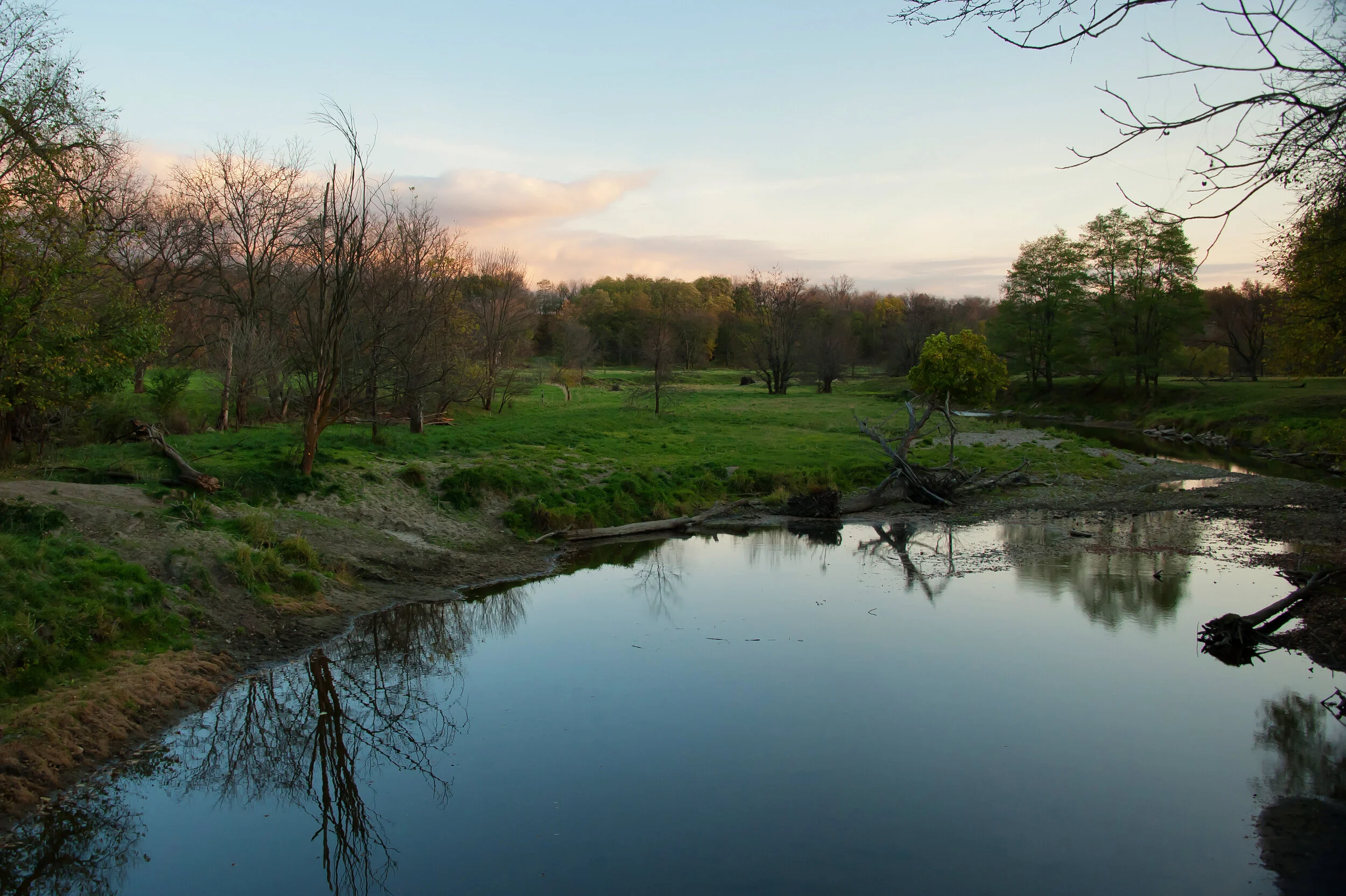A house wren mom has won my heart this spring and summer. The wren couple occupied a wren house set in my apricot tree this spring. For weeks now, Mom has called and hunted through the front yard, ceaselessly bringing one bug after another to the babes. She'll perch, bug in beak, and call to the young ones, and feed them when they reply. Sometimes the bugs are large and visible, other times much smaller (I'm always hoping the real small ones are ticks). She never stops, and ranges from the ground beneath some bushes to 30 feet up a dying birch, which should be full of bugs, and every level in-between.
Photo by Kelly Colgan Azar







